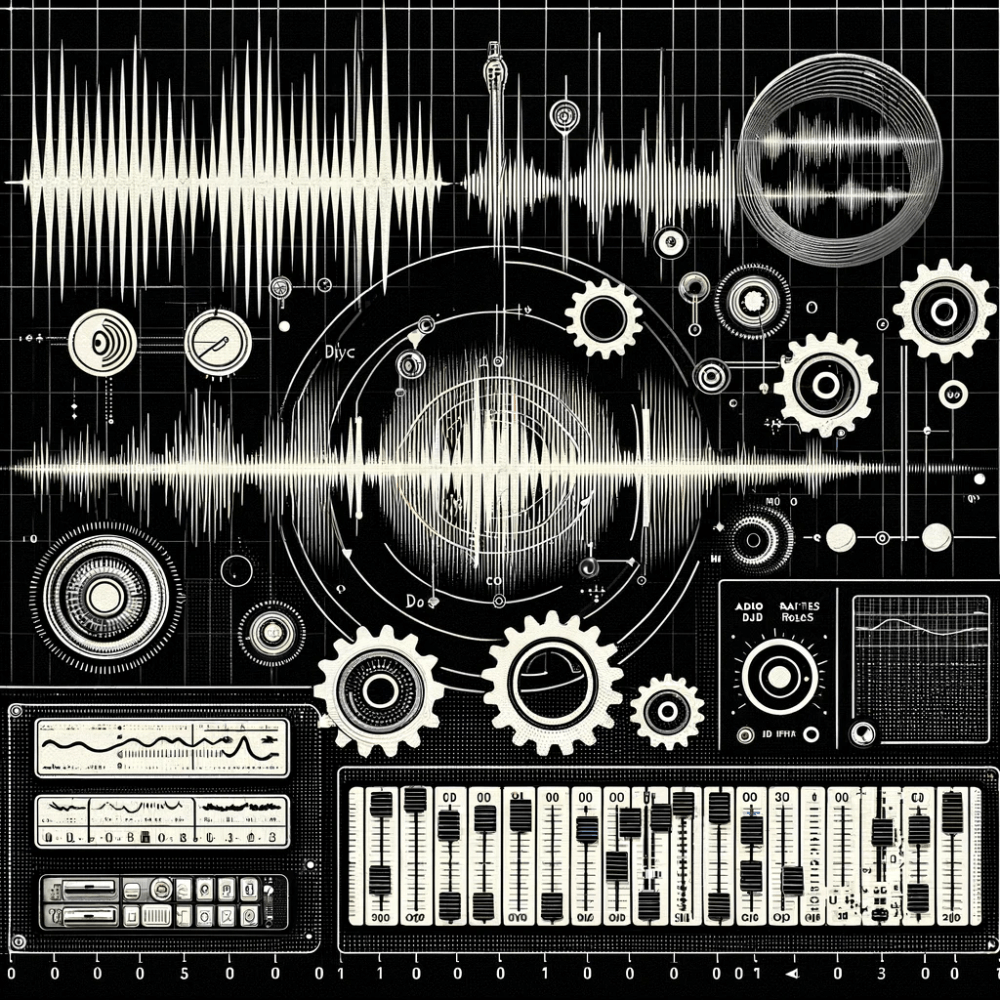Published
- 3 min read
Demystifying Audio Sampling: A Beginner’s Guide

Introduction to Audio Sampling
Imagine capturing a moment of sound and turning it into a digital format. This process, known as audio sampling, is like taking a series of photographs of a moving object. Each photo is a ‘sample’ of the movement. In audio, these snapshots capture different parts of the sound wave at regular intervals. The frequency of these snapshots is the sample rate, usually measured in kilohertz (kHz). The more snapshots you take, the clearer and more detailed the digital sound becomes.
The Importance of Sample Rates
The sample rate is vital for audio quality. Think of it as akin to the resolution of a TV or computer screen: higher resolution equals a clearer picture. In audio terms, a higher sample rate means clearer, more detailed sound. Standard CDs use a sample rate of 44.1 kHz, meaning 44,100 samples per second.
Why 44.1 kHz?
The 44.1 kHz standard stems from the Nyquist-Shannon theorem of the 1940s. This theorem dictates that to accurately reproduce a sound, the sample rate should be at least twice the frequency of the highest sound to be captured. Human hearing caps at about 20 kHz, so a little over double that rate ensures high fidelity.
Different Sample Rates for Different Uses
Aside from the standard 44.1 kHz for CDs, other rates like 48 kHz, 88.2 kHz, 96 kHz, and 192 kHz are used in professional settings. Higher rates provide clearer sound but also demand more storage and processing power. For example, 88.2 kHz is preferred for high-resolution recordings, offering less distortion, mixing, and mastering flexibility.
Here is a list of standard sample rates:
- 44.1 kHz 44,100 samples per second
- 48 kHz – 48,000 samples per second
- 88.2 kHz – 88,200 samples per second
- 96 kHz – 96,000 samples per second
- 192 kHz – 192,000 samples per second

Bit Depth and Dynamic Range
Bit depth is another crucial aspect. It refers to how many bits (basic units of digital information) are used to store each audio sample. Thanks to a higher dynamic range, more bits per sample translate to better sound quality. This range is the difference between the quietest and loudest parts of the audio, offering richer, more nuanced sound.
Handling Large Audio Files: Compression
High sample rates lead to large audio files. Compressing these files makes them easier to manage. There are two main types of compression: lossy (like MP3) and lossless (like FLAC). Lossy compression, while reducing file size, removes sounds outside human hearing. Lossless compression reduces file size without sacrificing sound quality.
Conclusion
Audio sampling is a complex and exciting part of music production. It allows artists to capture and manipulate sounds in myriad ways. Understanding sample rates, bit depth, and compression methods can help beginners and enthusiasts alike appreciate the intricacies of this art form. Stay tuned as we delve deeper into the world of audio sampling in future posts!
